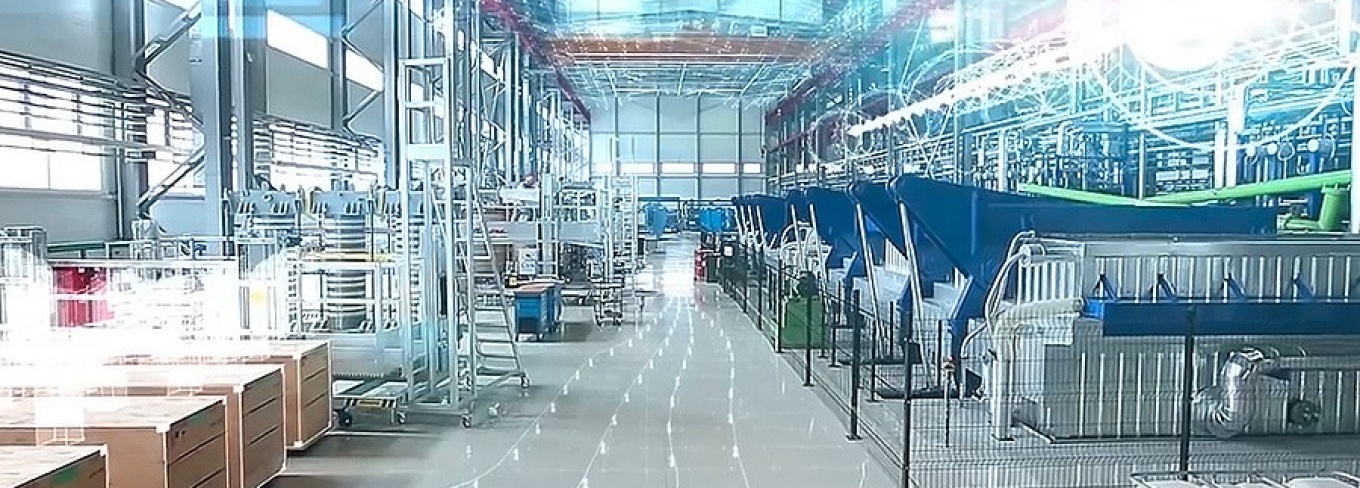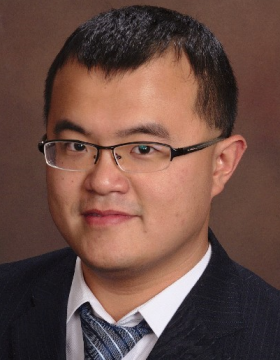UB-led team advances cyber-manufacturing systems with $2.3 million NSF grant

The effort uses AI, big data and other tools; could aid semiconductor, 3D printing and other industries
Release Date: May 23, 2022
BUFFALO, N.Y. – A University at Buffalo-led research team is working to modernize manufacturing systems, bringing the complex web of steps and processes involved in creating commercial products under the watchful eyes of computer systems that promise increased efficiencies.
The work, which is funded by a $2.3 million National Science Foundation grant, aims to help an array of industries – including semiconductor manufacturing and 3D printing – by improving quality, production and efficiency.
“A commercial product is the end result of a long chain of interwoven steps that may span geography, industries and different manufacturing processes,” says the grant’s principal investigator, Hongyue Sun, PhD, assistant professor of industrial and systems engineering at UB.
He adds: “Each step may be optimized, but that doesn’t always mean it’s for the greater good of the overall production process. What we’re doing is creating an analytical framework that connects and coordinates all these processes. The end result will be a cyber-physical system that uses artificial intelligence and other tools to optimize and ultimately improve manufacturing systems.”
The project aligns with UB’s strategic plans to be a worldwide leader in advanced manufacturing, including efforts to advance Industry 4.0, which is a term used to describe a fourth industrial revolution that consists of highly intelligent and interactive manufacturing ecosystems that integrate product design, production and logistics.
The work also supports UB’s efforts to advance the greater Buffalo area’s economy.
Co-principal investigators from UB include Wenyao Xu, PhD, associate professor of computer science and engineering, and Chi Zhou, PhD, associate professor of industrial and systems engineering. Both Hongyue Sun and Chi Zhou are affiliated with UB’s (Sustainable Manufacturing and Advanced Robotic Technologies (SMART) community of excellence.
Additional co-principal investigators include Rong Pan, PhD, associate professor of computing and augmented intelligence, and Guilia Pedrielli, PhD, assistant professor of computing and augmented intelligence; both from Arizona State University.
The framework, which the team is calling STREAM, includes the use of artificial intelligence, simulation and other technologies. It will create a public online repository where researchers and industry professionals can share information and their experiences regarding data, models, simulators, controllers, analytics and empirical studies.
Additionally, the project includes three interconnected research tasks:
- Creating software that enables efficient communication and computing in cyber-manufacturing systems.
- Creating a modeling system to achieve an accurate and efficient process quality control.
- Creating a simulation and production control system for continuous improvement of quality, manufacturability, and productivity of future multistage and distributed manufacturing systems.
In the semiconductor manufacturing process, for example, Sun says there are numerous dependent steps.
“This includes tens of stages such as crystal growth, ingot slicing, wafer lapping and polishing, lithography, etching, chemical mechanical planarization,” he says. “These stages have strong dynamics and dependencies. The operations at downstream stages are affected by operations at upstream stages, quality-wise and productivity-wise.”
He adds: “For instance, multiple lapping machines need to collaboratively process hundreds of wafers from ingot slicing; and the real-time process and production information of machines are interdependent and jointly determines the system’s performance.”
As part of the project, researchers will create new outreach and workforce development activities for K-12, undergraduate and graduate students. They also will work with professionals in the field of manufacturing.
These research results, Sun says, may be included in university curriculum for advanced manufacturing, architecture design, machine learning, simulation, and system control and optimization.
The grant is part of NSF’s Future Manufacturing Research Grant CyberManufacturing project. It is jointly funded by the agency’s Division of Computer and Network Systems in the Directorate for Computer and Information Science and Engineering, and the divisions of Civil, Mechanical and Manufacturing Innovation and Engineering Education and Centers in the Directorate for Engineering.
Media Contact Information
Cory Nealon
Director of Media Relations
Engineering, Computer Science
Tel: 716-645-4614
cmnealon@buffalo.edu

